What size brick jointer do I need?
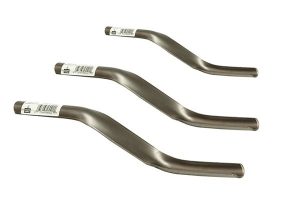
Brick jointers are helpful hand tools that allow you to evenly compact mortar between joints on walls. It is important to choose the right brick jointer for the wall you are working on to ensure you achieve the best possible finish.
As standard, brick jointers come in a range of different sizes and it is not always easy to figure out which brick jointer you need. In this guide, we talk you through all of the standard size brick jointers and explain how to find out which size brick jointer to use!
Blade Radius
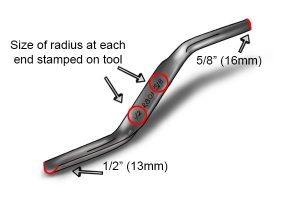
The tool’s radius refers to the measurement of curvature at the end of the jointer. The radius should be clearly stamped on the midsection of the jointer.
The jointer pictured has a 1/2 inch (13mm) radius at one end and a 5/8 inch (16mm) at the other.
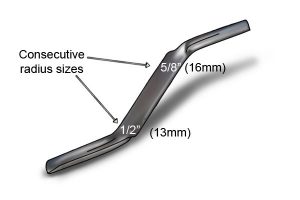
The majority of jointers are produced with a different radius at either end so the tool is more versatile.
Brickwork and mortar gap preference can vary considerably from project to project, so it’s useful to have a tool which can be used for more than one application. The radius at either end are usually consecutive sizes.
Jointer sizes commonly available are:
3/8 Inch (10mm)
1/2 Inch (13mm)
5/8 Inch (16mm)
3/4 Inch (19mm)
7/8 Inch (22mm)
Multiple Radii

If you do require a tool with multiple radius attachments then the Hubbard barrel jointer may be the ideal choice. It comes with interchangeable barrels with radii measurements:
1/2 inch (13mm)
5/8 inch (16mm)
3/4 inch (19mm)
7/8 inch (22mm)
How to choose the correct radius for the mortar gap?

The correct jointer radius should be the same size or a few millimetres larger than the mortar gap. This is so that the jointer is able to make contact with the brick above and below the joint. The tool is then able to provide the mortar with the correct amount of compression against the brickwork.
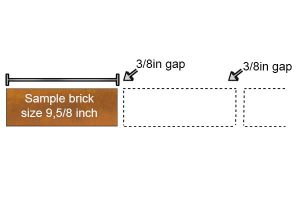
In the UK, when using standard building bricks, a gap of 10mm (3/8″) is left for a mortar joint before the next brick is placed. This is the standard gap between both bed (horizontal) and head (vertical) joints.
How to check the mortar gap between your brickwork?
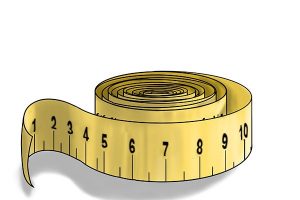
If you have built the wall yourself, you will be aware of the mortar gap width from the construction stage.
If not, be sure to measure the gap with a tape measure. Mortar gaps can range from 10 to 19mm, so it’s important to clarify the measurement before purchasing a brick jointer.
Using a radius that's too small
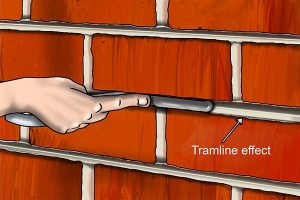
If the radius of your brick jointer is too small for the mortar gap it’s easy to apply too much pressure and leave a tramline effect in the mortar.
Using a radius that's too large
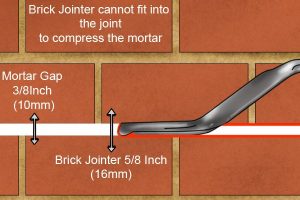
If the radius of your brick jointer is too large you may not be able to fit the tool into the mortar gap or apply enough pressure for the mortar to compact correctly.






